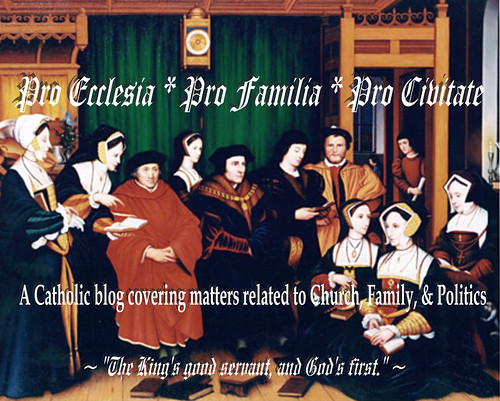Battle of Bannockburn - 699 Years Ago Today
On
this day 699 years ago - 24 June 1314, Robert the Bruce, King of Scots,
led his vastly outnumbered army into battle against the English under
King Edward II at Bannockburn, near Stirling Castle, in Scotland. Edward
had more than 2000 battle-hardened knights to Bruce’s 500 horsemen, and
a force of 16,000 infantry to Bruce's 6000 foot soldiers.
It was Midsummer Day, the Feast of St John the Baptist.
The day before, an English knight, Sir Henry de Bohun, had seen the
Bruce separated from the rest of his army and turned his war-horse to
charge him. De Bohun thundered across the field levelling his lance at
Bruce. The Bruce stood his ground and waited until the English knight
was almost upon him, then stood up in his stirrups and brought his
battle-axe crashing down, splitting de Bohun's helmet and skull in two.
The Bruce would own this day as well.
The
Scots had carefully chosen their ground at Bannockburn. They used the
natural terrain to counter the threat of Edward’s heavy cavalry and dug
small pit traps or ‘pots’ to defend their flanks and force the English
to fight them head on. Disastrously, Edward ordered his men to cross the
Bannockburn river onto boggy ground. Bruce ordered the Scots to push
forward and a forest of spears sent Edward’s army crashing back upon
itself. The Scots pushed Edward’s army back to the steep-sided
Bannockburn until the river was filled with bodies. King Edward II fled
the field, escaped to Dunbar Castle, and then sailed back to England.
Others weren't so fortunate - the Scots killed or captured many of the
greatest knights of England.
For the next 15 years - until the
Bruce's death in 1329, the Scots held the upper hand over the English
militarily, including a significant victory at the Battle of Byland in
Yorkshire, in which a young, newly crowned Edward III was almost
captured.
The ultimate result of Bannockburn was that the Scots
had won their independence on the battlefield, an achievement that was
to receive legal sanction a few years later when the Scots obtained
papal recognition of their claim for independence as laid out in the
Declaration of Arbroath (considered by many to be a forerunner to the American
Declaration of Independence).
(Source)
Labels: England, Freedom!, God and Country, History, Military, Pope, Scotland, Traditional Feast Days, United Kingdom
posted by Pro Ecclesia 5:14 AM
0 comments
![]()
![]()






0 Comments:
Post a Comment
<< Home